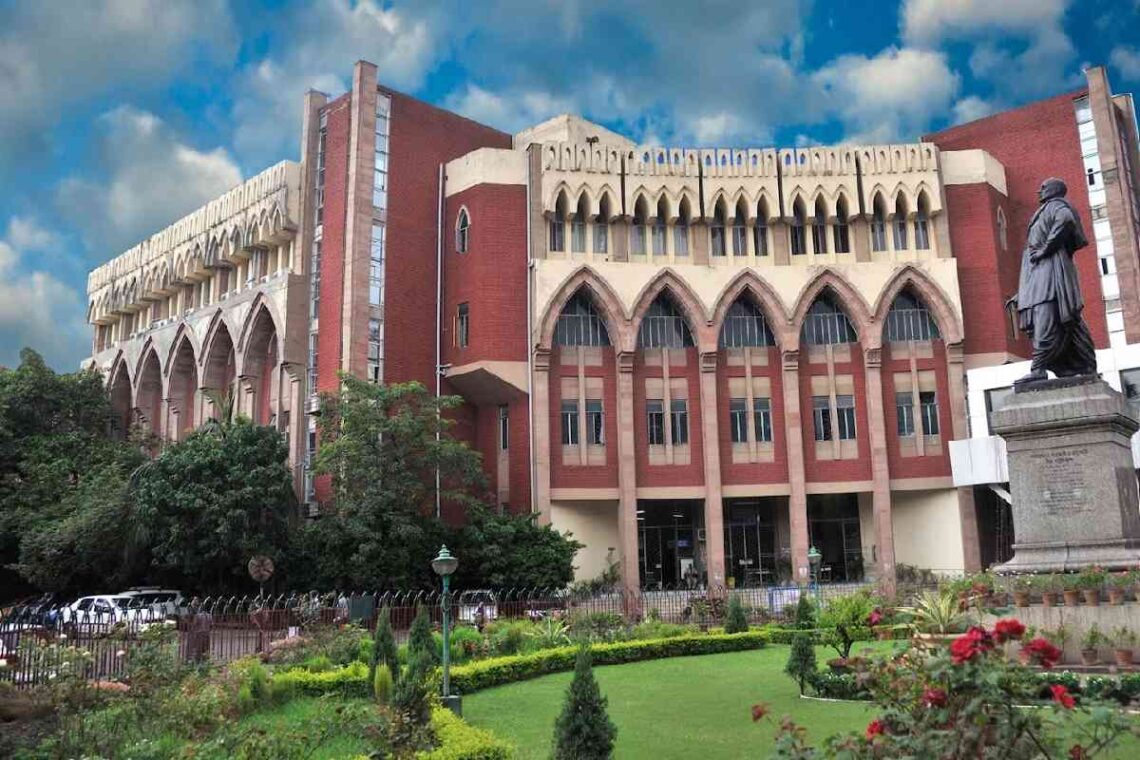History and Significance
The presence of an Indian High Court since 1862 makes Calcutta’s High Court the oldest such institution in India. Firstly, being The High Court at Calcutta. Secondly, The establishment of the Court was a turning point for the country’s legal regime. Moreover, Signifying the shift from a period of British rule to the development of a systematised and codified judiciary system.
Historical Background
Queen Victoria set up the High Court at Calcutta in 1862 by issuing Letters Patent. This new court took over from the Supreme Court of Judicature at Fort William, which had been around since 1774. The British colonial rulers created the High Court to make the legal system work better and to apply laws the same way across the area.
Famous Cases and Landmark Judgments
1.The Alipore Bomb Case (1908): This case played a key role in India’s fight for freedom. The British put several well-known freedom fighters, including Aurobindo Ghosh, on trial for their part in rebel actions. The trial showed how unhappy people were with British rule and how the courts served as a way to keep the colonies in line.
2.The Ananda Marga Case (1982): This case looked at whether the government could stop the Ananda Marga sect from holding marches. The High Court’s decision stressed how important it is to protect religious freedom and the right to gather . This ruling set the stage for future cases about people’s basic rights.
3.The Singur Land Acquisition Case (2006-2016): This big court decision dealt with taking land for factories. When the court said the farmers should get their land back, it was a big win for those fighting for land rights. This choice changed how India thinks about taking land for development.
Virtual Tour: Architectural Splendor and Heritage
The High Court at Calcutta is not only a center of legal excellence but also a magnificent architectural landmark. Its design is inspired by the Cloth Hall in Ypres, Belgium, showcasing Gothic Revival architecture.
Main Features
The Central Hall: A grand space where important ceremonies and events are held. Its high ceilings and intricate designs are a testament to the architectural prowess of the era.
The Judges’ Chambers: These chambers are steeped in history, having been occupied by some of the most eminent legal minds in the country. Each chamber is a blend of vintage furniture and modern amenities, reflecting the court’s ability to adapt to changing times while preserving its heritage.
Courtrooms: The courtrooms are where history is made. Each courtroom is equipped with state-of-the-art technology to facilitate modern legal proceedings, yet retains its old-world charm with wooden benches, high ceilings, and large windows that allow natural light to flood the space.
The Library: The High Court’s library is a treasure trove of legal knowledge, housing rare manuscripts, old legal texts, and contemporary legal literature. It is a vital resource for lawyers, judges, and researchers.
Insights from Legal Luminaries
To gain a deeper understanding of the High Court at Calcutta, we interviewed several prominent lawyers, judges, and legal experts associated with the court.
Interviews
Justice (Retd.) Soumitra Sen
On the Court’s Legacy: “The High Court at Calcutta has played a pivotal role in shaping the legal landscape of India. Its judgments have often set benchmarks for other courts to follow.”
On Challenges: “One of the significant challenges is the backlog of cases. However, with the advent of technology and judicial reforms, we are seeing improvements.”
Advocate Anjana Prakash
On the Court’s Impact: “The court has always been at the forefront of upholding the rights of the underprivileged. Its progressive judgments on issues like land rights and freedom of speech have had a profound impact on society.”
On Opportunities: “The modernization of court infrastructure and the push towards digitalization present. However, a unique opportunity to make the judicial process more efficient and accessible.”
Legal Scholar Dr. Amitava Ghosh
On Legal Education: “The High Court at Calcutta has been a fertile ground for legal education. Many of the country’s finest legal minds have cut their teeth here, and the court continues to inspire young lawyers.”
Conclusion
The High Court at Calcutta stands as a beacon of justice, with a rich history and a commitment to upholding the rule of law. Meanwhile, Its architectural grandeur, landmark judgments, and the profound impact it has had on the legal system make it an essential part of India’s judicial heritage. As it continues to evolve and adapt to modern challenges, the High Court at Calcutta remains a symbol of legal excellence and integrity.

